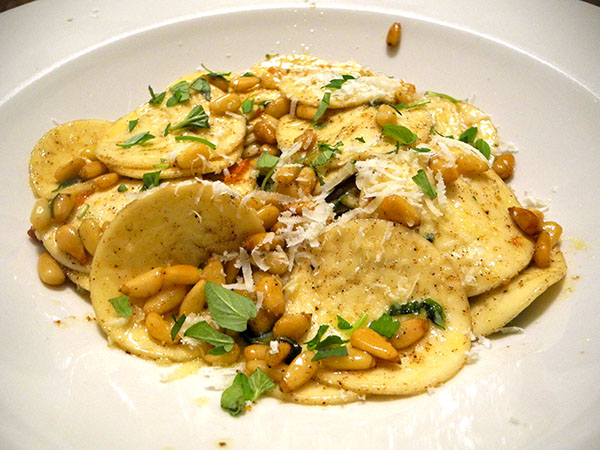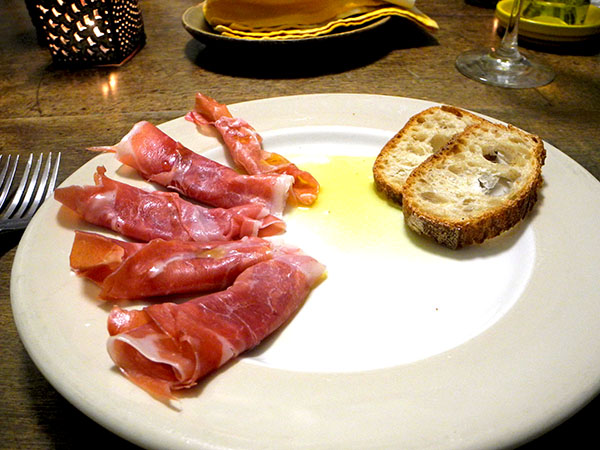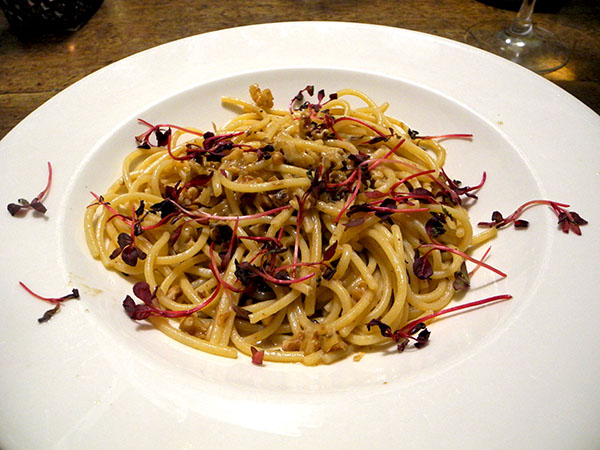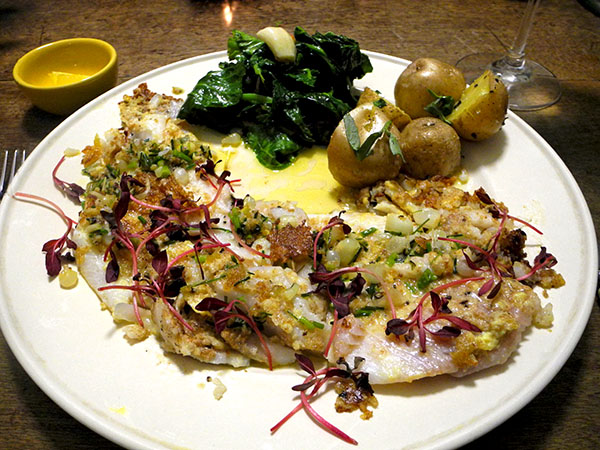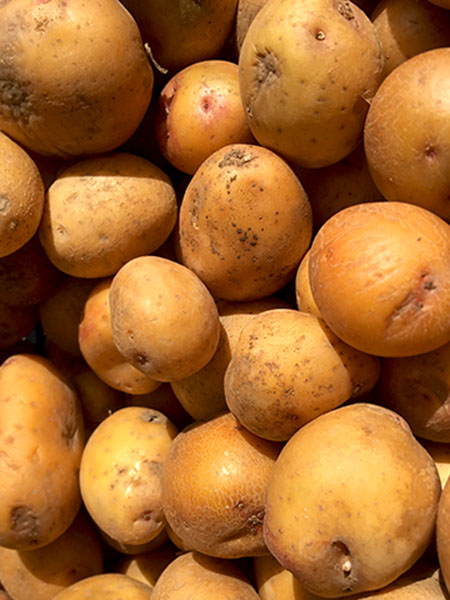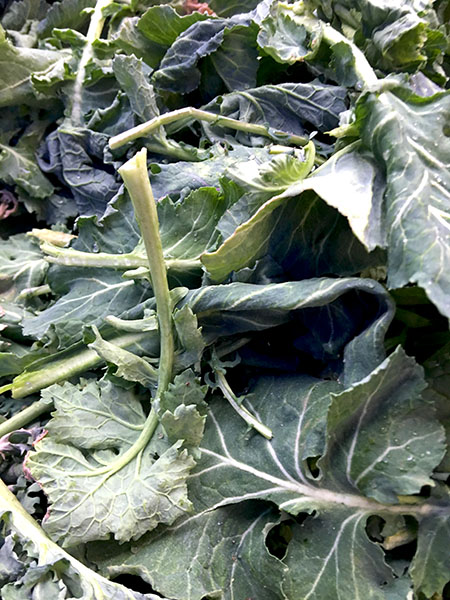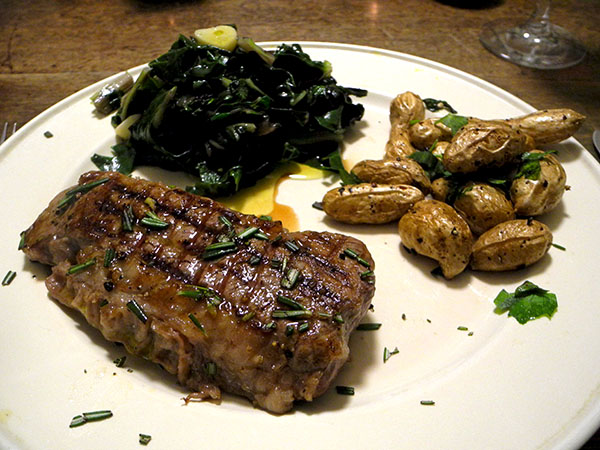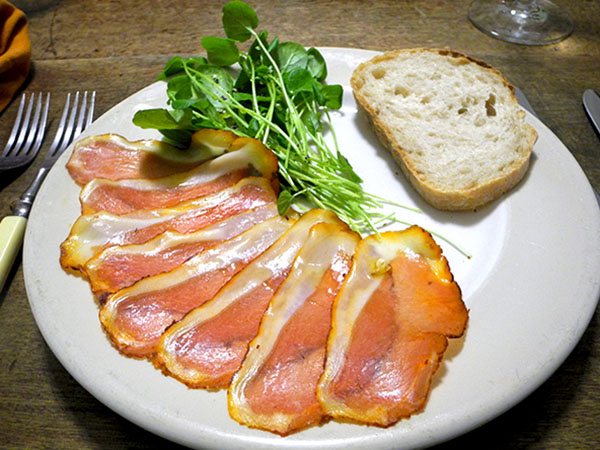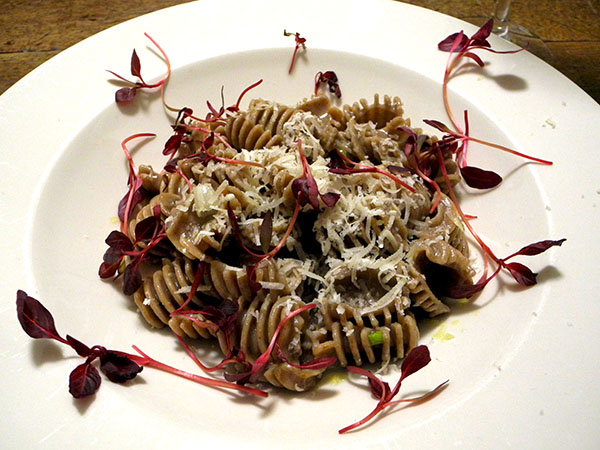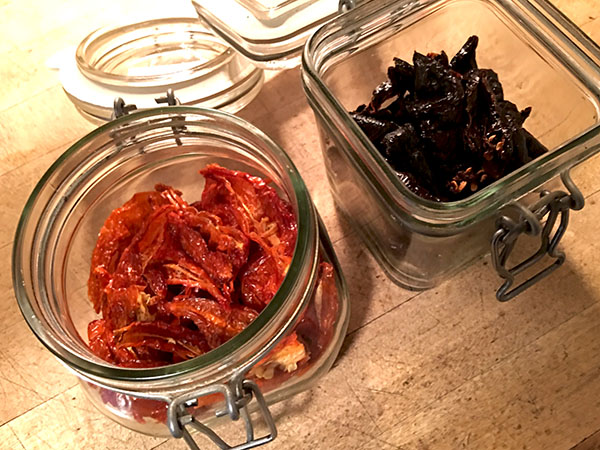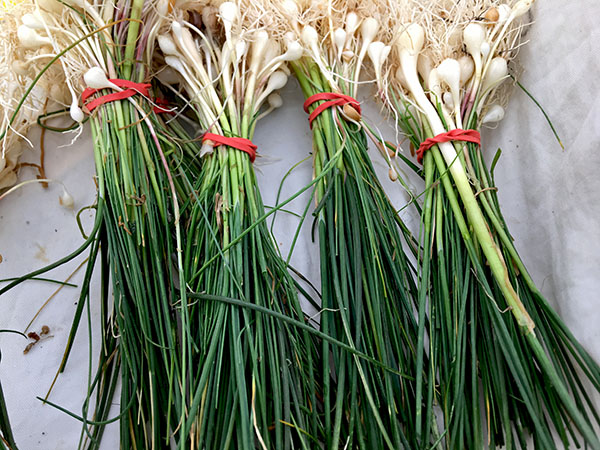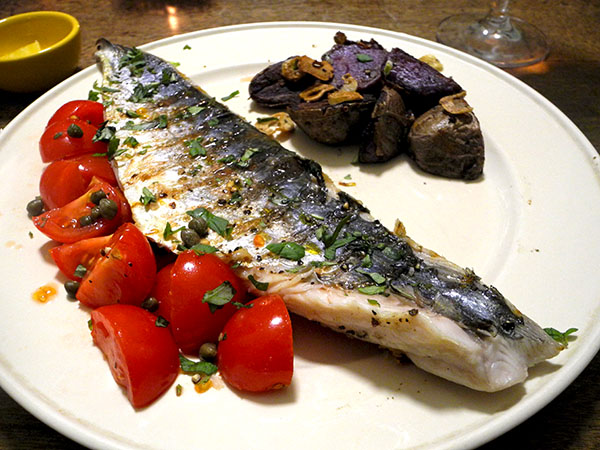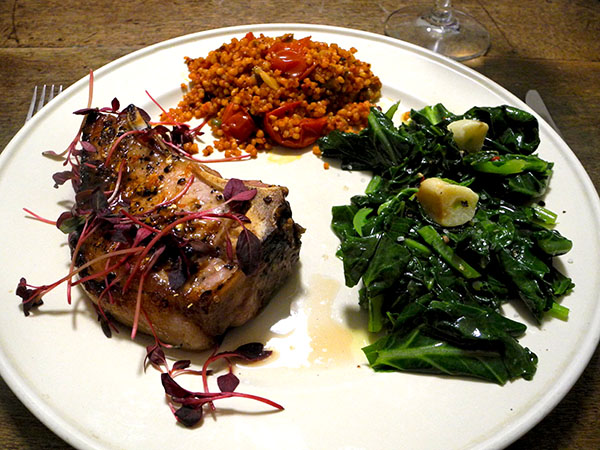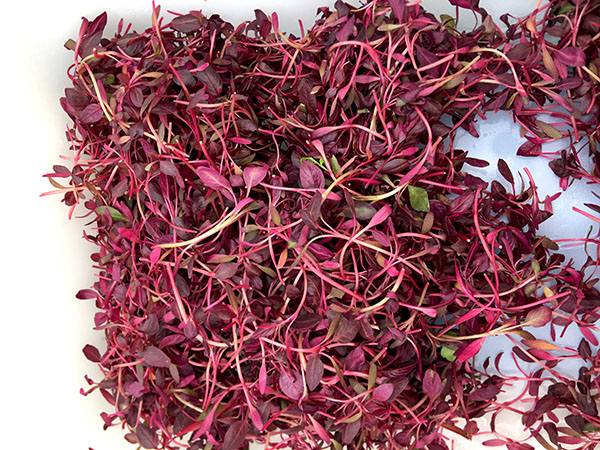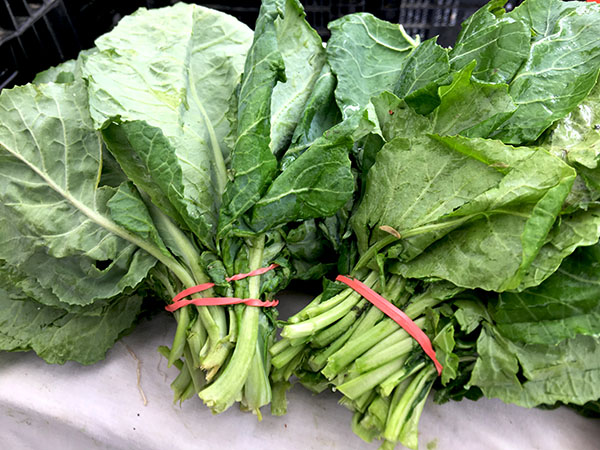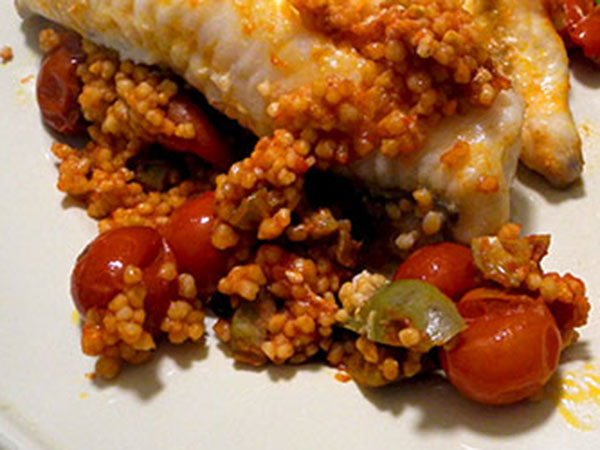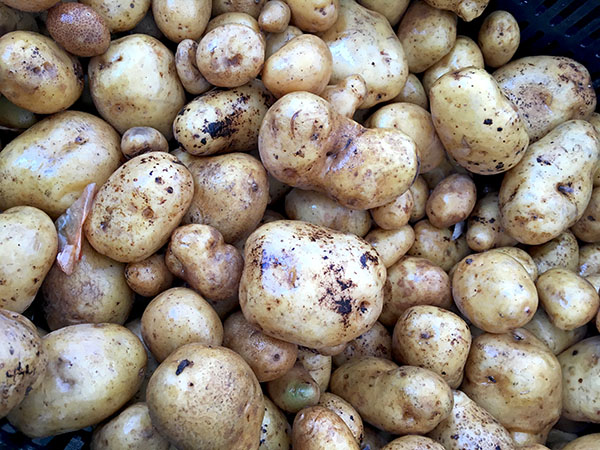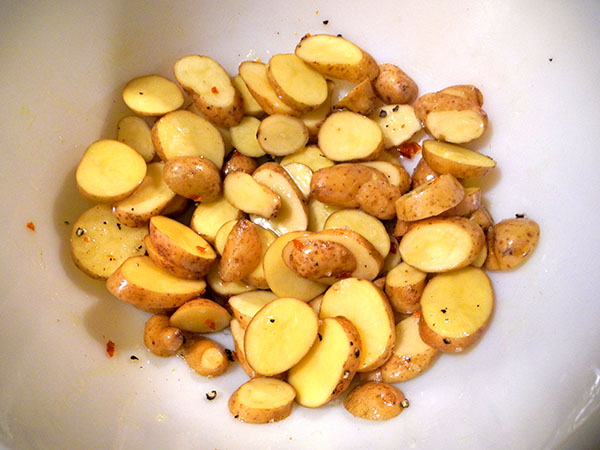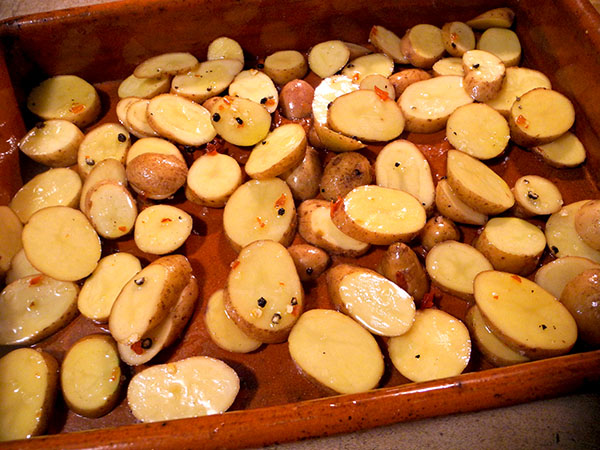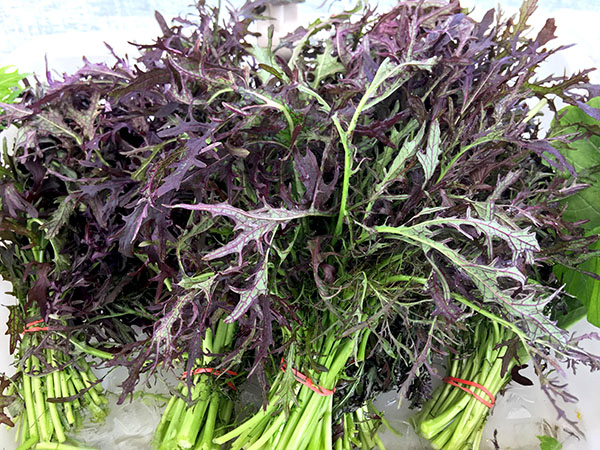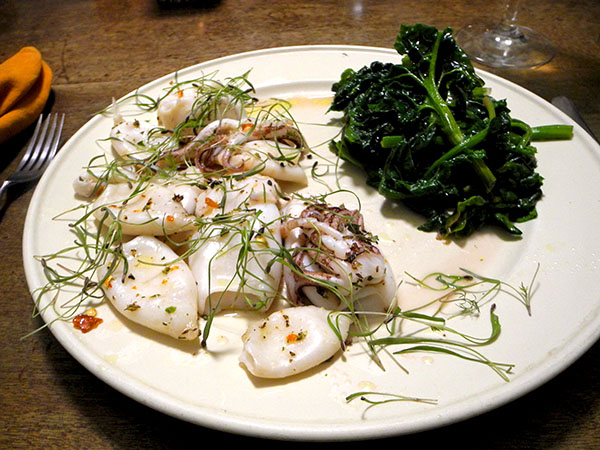
I’m probably never going to understand why squid are not way up at the top of the scale when it comes to popularity, for their taste alone. When cooked with some sensitivity, they are one of the most delicious seafood forms around, and they really need very little embellishment. They’re also completely sustainable, and I think they’re available all over the world, anywhere people might be settled near an ocean.
They’re also apparently very intelligent, but I’m not sure where that fits into this discussion, especially since the only foods we consume that weren’t once a part of a living thing are salt and water.
Squid are definitely among the least expensive delicacies in a fish market, which I suppose might only represent their abundance, and not the disdain of the consumer, but I still wonder about their modest popularity index.
This particular batch, together with the success I had in cooking them, may have been my best experience with this cephalopod, ever.
I suppose the image below, showing how I arranged a pound of squid on a plate after having dried them thoroughly, just before I placed them in 2 oven pans, might say something about how I feel about these creatures.
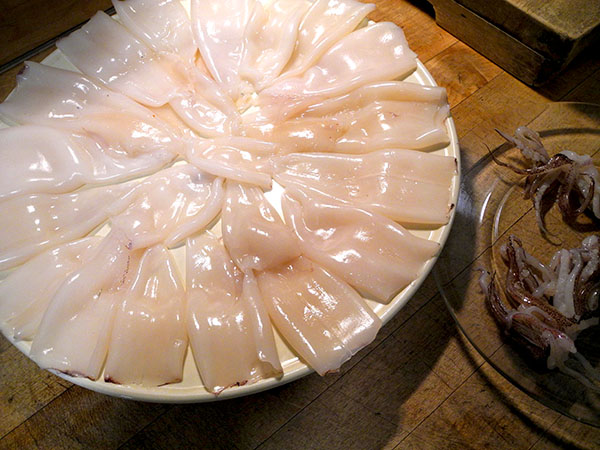
The spinach, which had somehow been overwintered in the middle of New Jersey, even without the ‘high cave’ protection which has ensured so many loyal Greenmarket habitués a supply of green vegetables since the end of the so-called ‘growing season’, was impossibly sweet.
- two large rectangular enameled cast iron pans heated on top of the stove until quite hot, their cooking surfaces then brushed with olive oil, and once the oil was also quite hot, one pound of rinsed and carefully dried squid from Blue Moon Seafood in the Union Square Greenmarket, mostly bodies but a few tentacles, divided between the two in being quickly arranged inside the pans, immediately sprinkled with some super-pungent dried Sicilian oregano from Buon Italia, part of one dried Sicilian pepperoncino, also from Buon Italia, and an entire section of a home-dried heatless, orange/gold Habanada pepper (purchased fresh from Norwich Meadows Farm last fall), some sea salt and freshly-ground Tellicherry pepper, followed by a drizzle of a few tablespoons of juice from a local lemon from Fantastic Gardens of Long Island, and some olive oil, the pan placed inside a pre-heated 400º oven and roasted for 5 minutes, removed, the squid distributed onto 2 plates, ladled with a bit of their cooking juices, after they had been transferred to a sauce pitcher, scattered with a little micro bronze fennel from Two Guys from Woodbridge, and served with halves of another, tiny local lemon-lime served on the side of each plate
- a generous amount of very sweet overwintered (I was told not in a ‘high cave’) spinach from Lani’s Farm, washed in several changes of water, drained, very gently wilted (that is, not reduced too far) inside a large enameled cast iron pot in a little olive oil in which one 2 cloves of garlic from John D. Madura Farm, quartered, had first been allowed to sweat, then seasoned with salt, freshly-ground Tellicherry pepper, a little of the dried Sicilian pepperoncino, drizzled with olive oil and a little sweet local lemon juice from Fantastic Gardens of Long Island
- the wine was an Italian (Campania) white, Cantina di Lisandro Alabranno Fiano 2015, from Chelsea Wine Vault
- the music was Louis-Nicolas Clérambault’s 1706 pastorale, ‘Le Triomphe D’iris’, performed by Hervé Niquet conducting Le Concert Spirituel
